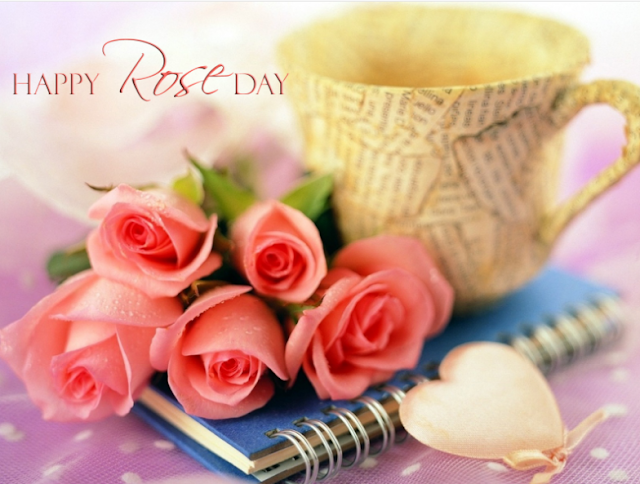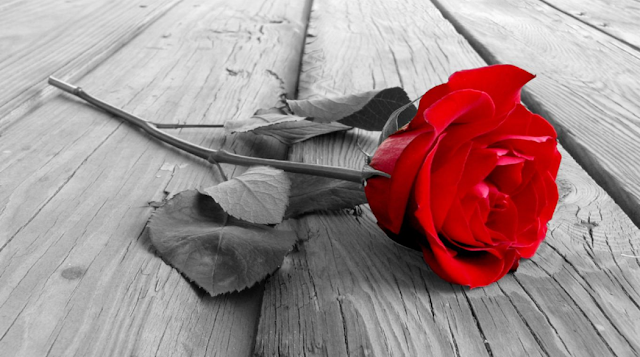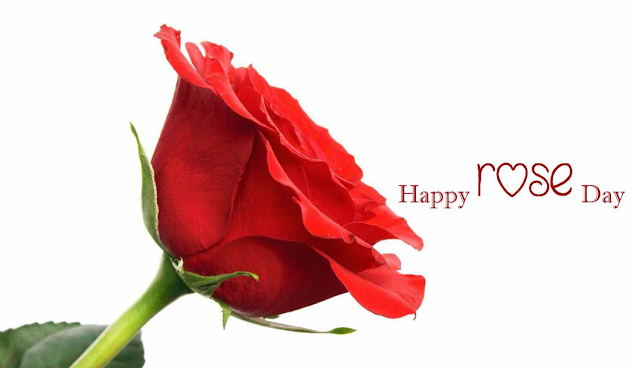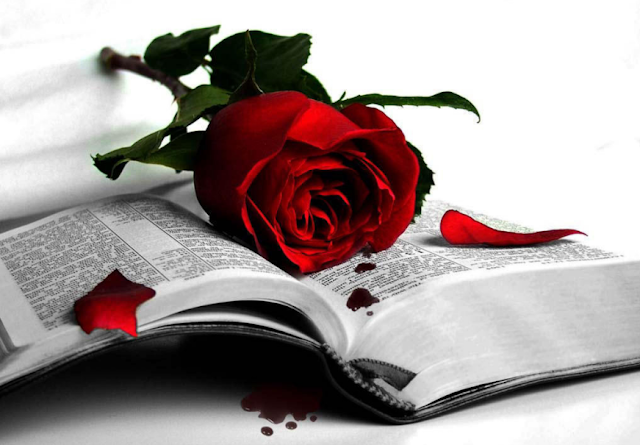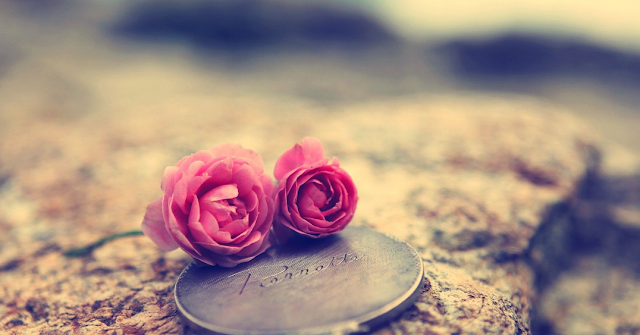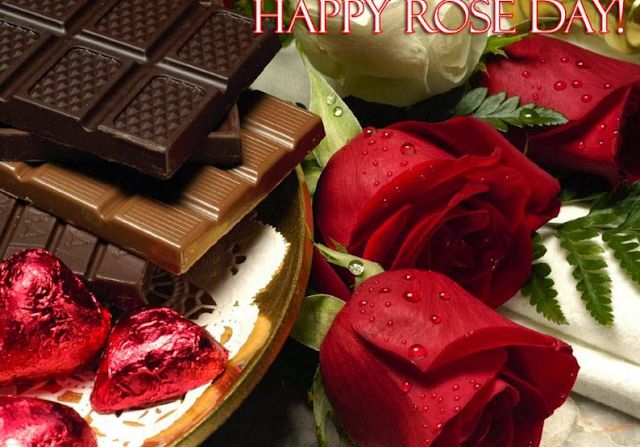Following India's independence, the amount from the late Forties to the Sixties is regarded by film historians because the "Golden Age" of Hindi cinema. a number of the foremost critically acclaimed Hindi films of all time were made throughout this era. Examples embrace the Guru Dutt films Pyaasa (1957) and Kaagaz Ke Phool (1959) and therefore the rule Kapoor films Awaara (1951), Shree 420 (1955) and Dilip Kumar's Aan (1952). These films expressed social themes chiefly managing working-class urban life in India; Awaara bestowed the town as each a nightmare and a dream, whereas Pyaasa critiqued the unreality of town life. a number of the foremost far-famed epic films of Hindi cinema were conjointly made at the time, as well as Mehboob Khan's Mother Asian country (1957), that was appointed for the honour for Best Foreign Language Film, and K. Asif's Mughal-e-Azam (1960). Madhumati (1958), directed by Bimal Roy and written by Ritwik Ghatak, standardised the theme of reincarnation in Western popular culture. different acclaimed thought Hindi filmmakers at the time enclosed Kamal Amrohi and Vijay Bhatt. sure-fire actors at the time enclosed Dev Anand, Dilip Kumar, rule Kapoor and Guru Dutt, whereas sure-fire actresses enclosed Nargis, Vyjayanthimala, Meena Kumari, Nutan, Madhubala, Waheeda Rehman and malar bone Sinha.
In Our Site We Have Been Collected Some
While commercial Hindi cinema was thriving, the 1950s also saw the emergence of a new Parallel Cinema movement. Though the movement was mainly led by Bengali cinema, it also began gaining prominence in Hindi cinema. Early examples of Hindi films in this movement include Chetan Anand's Neecha Nagar (1946) and Bimal Roy's Do Bigha Zamin (1953). Their critical acclaim, as well as the latter's commercial success, paved the way for Indian neorealism and the Indian New Wave. Some of the internationally acclaimed Hindi filmmakers involved in the movement included Mani Kaul, Kumar Shahani, Ketan Mehta, Govind Nihalani, Shyam Benegal and Vijaya Mehta.
Ever since the social realist film Neecha Nagar won the Grand Prize at the primary port festival, Hindi films were ofttimes in competition for the Palme d'Or at the port festival throughout the Fifties and early Nineteen Sixties, with a number of them winning major prizes at the competition. Guru Dutt, whereas unmarked in his own time period, had late generated international recognition abundant later within the Nineteen Eighties. Dutt is currently thought to be one among the best Asian filmmakers of all time, aboard the a lot of noted Indian Bengali film producer Satyajit Ray. The 2002 Sight & Sound critics' and directors' poll of greatest filmmakers hierarchal Dutt at No. seventy three on the list. a number of his films area unit currently enclosed among the best films of all time, with Pyaasa (1957) being featured in Time magazine's "All-TIME" a hundred best movies list, and with each Pyaasa and Kaagaz Ke Phool (1959) tied at No. one hundred sixty within the 2002 Sight & Sound critics' and directors' poll of incomparable greatest films. many alternative Hindi films from this era were additionally hierarchal within the Sight & Sound poll, together with dominion Kapoor's Awaara (1951), Vijay Bhatt's Baiju Bawra (1952), Mehboob Khan's Mother Bharat (1957) and K. Asif's Mughal-e-Azam (1960) all tied at No. 346 on the list.
In Our Site We Have Been Collected Some
While commercial Hindi cinema was thriving, the 1950s also saw the emergence of a new Parallel Cinema movement. Though the movement was mainly led by Bengali cinema, it also began gaining prominence in Hindi cinema. Early examples of Hindi films in this movement include Chetan Anand's Neecha Nagar (1946) and Bimal Roy's Do Bigha Zamin (1953). Their critical acclaim, as well as the latter's commercial success, paved the way for Indian neorealism and the Indian New Wave. Some of the internationally acclaimed Hindi filmmakers involved in the movement included Mani Kaul, Kumar Shahani, Ketan Mehta, Govind Nihalani, Shyam Benegal and Vijaya Mehta.
Ever since the social realist film Neecha Nagar won the Grand Prize at the primary port festival, Hindi films were ofttimes in competition for the Palme d'Or at the port festival throughout the Fifties and early Nineteen Sixties, with a number of them winning major prizes at the competition. Guru Dutt, whereas unmarked in his own time period, had late generated international recognition abundant later within the Nineteen Eighties. Dutt is currently thought to be one among the best Asian filmmakers of all time, aboard the a lot of noted Indian Bengali film producer Satyajit Ray. The 2002 Sight & Sound critics' and directors' poll of greatest filmmakers hierarchal Dutt at No. seventy three on the list. a number of his films area unit currently enclosed among the best films of all time, with Pyaasa (1957) being featured in Time magazine's "All-TIME" a hundred best movies list, and with each Pyaasa and Kaagaz Ke Phool (1959) tied at No. one hundred sixty within the 2002 Sight & Sound critics' and directors' poll of incomparable greatest films. many alternative Hindi films from this era were additionally hierarchal within the Sight & Sound poll, together with dominion Kapoor's Awaara (1951), Vijay Bhatt's Baiju Bawra (1952), Mehboob Khan's Mother Bharat (1957) and K. Asif's Mughal-e-Azam (1960) all tied at No. 346 on the list.
